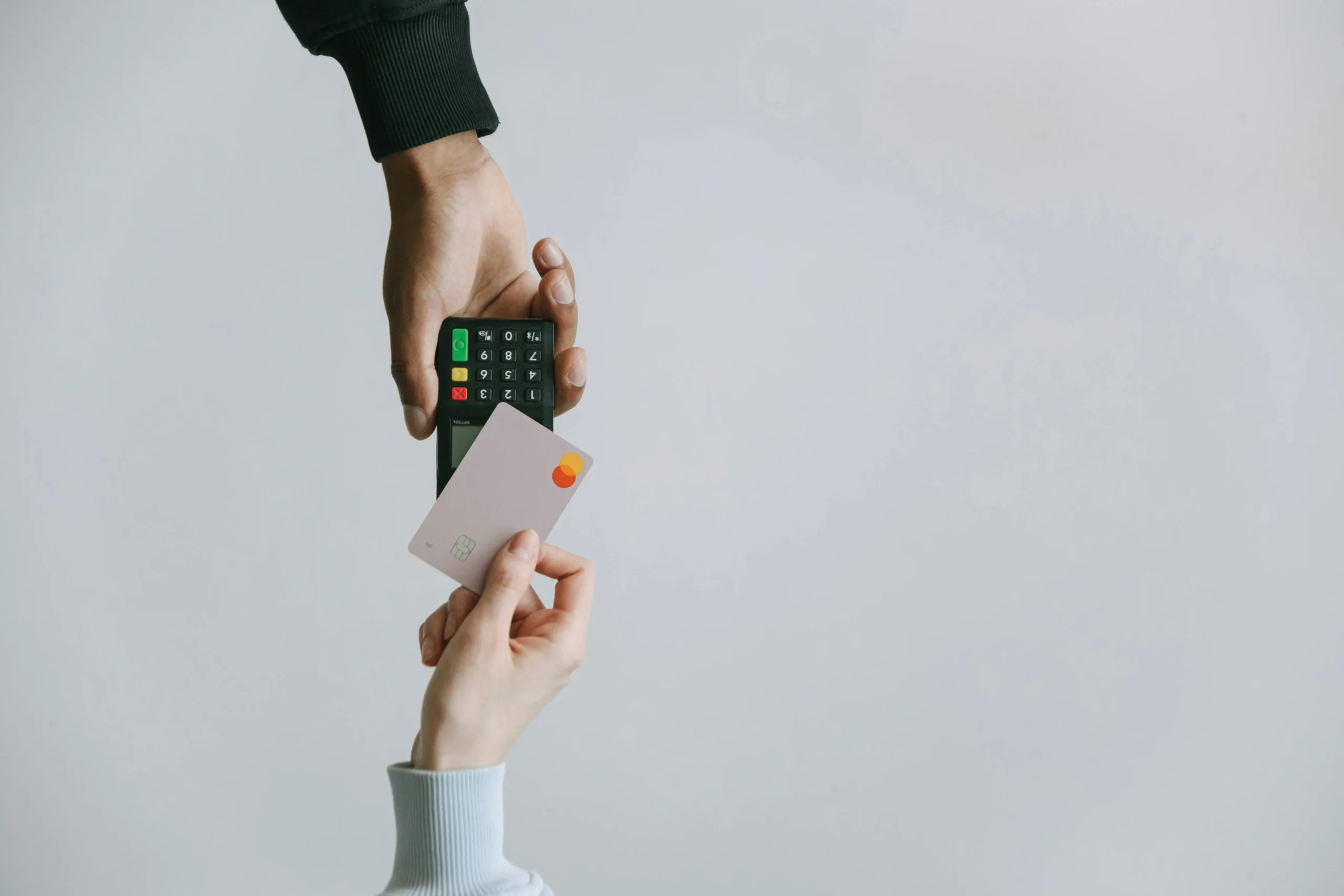Starting a business is thrilling, but getting your first paying customer? That’s the real benchmark that makes it all worthwhile. You may have the perfect product, beautiful site, and the best of intentions, but until you make that first sale, it’s still all in your head.
If you want to acquire your first customer fast and seriously, you require an easy, focused plan. Here’s how you can do it without wasting time or getting stuck in eternal “preparation mode.”
1. Start With Your Personal Network
Reaching out to people you already know is the fastest way to get your very first client. Your warmest leads include former coworkers, school friends, family, and friends. They like or even know you, and that liking or knowing you is half the battle when you are a newbie.
But here is the catch: Don’t send a blanket message to everyone. Personalize your outreach.
Don’t say, \”Hi everybody, I started a business!”, do this:”,
“Hello Sarah, I’ve recently started a new venture helping small businesses with social media. If you or someone you know needs help, I’d be happy to discuss it. No problem at all!”
Be real. Be personal. And always make it simple for them to say yes — even if it’s just a chat at first.
2. Solve a Specific Problem
Attempting to please everyone at the same time is one of the mistakes rookie business owners are prone to. Don’t sell your product or your service. Sell the answer to an actual issue.
Ask yourself:
- What essential problem does my service or product solve?
- Who experiences that pain most?
- Why will they pay to have it fixed?
For example, if you’re offering website design, don’t say, “I build websites.” Instead, you can say, “I help small businesses get customers online with beautiful, easy-to-use websites.”
Focus on the outcome people are looking for — not the tool you offer.
Learn More: Top 5 Online Sites to Sell Arts or Handmade Crafts
3. Offer a Time-Limited Deal or Incentive
Human beings need a reason to act today, not “someday.” One easy way to create urgency is offering a special promotion for your first customers.
It doesn’t have to be a price discount (though it might be). You can also offer:
- A complimentary bonus service
- Extended support
- Special rewards just for early customers
Think of it as a thank you for believing in you early. That makes it more valuable and exclusive, not needy.
Example:
“I’m giving my initial 5 customers a month of free tech support after their site is up. After that, it will be an add-on cost.”
See how much nicer this is than discounting?
4. Go Where Your Customers Already Are
Don’t wait for people to come to you. Go to people.
Depending on what you have on offer, this might mean:
- Joining Facebook groups
- Answering questions on Reddit or Quora
- Attending local meetups
- Participating in LinkedIn discussions
- Visiting coworking spaces or professional groups
The goal is easy: Be valuable and seen.
When you show up where your prospective clients are and actually help (not attempt to sell on the spot), you are trusted in no time.
Tip: If you do participate in online forums, read the rules carefully. Some communities don’t allow outright promotions, but you can always offer advice, insights, and help — and let folks naturally become interested in what you do.
5. Ask for Referrals Right Away
Once you receive your first conversation, lead, or customer — don’t stop there. Ask for referrals!
Like this:
“Being able to assist you makes me very happy. If you know anyone else who might benefit from this kind of help, I’d really appreciate a referral!”
Referrals are incredibly valuable as they come with built-in trust. You can establish your network quite quickly if you become confident at asking early and often, without being pushy.
6. Keep Your Offer Simple
Especially for your early customers, simplicity wins. Don’t complicate things with packages, choices, or intricate processes.
Just have one straightforward offer:
- Here’s what I can do
- Here’s the problem it solves
- Here’s what it costs
- Here’s how we can start
Clear, simple communication gives confidence. When people are unclear, they waver. When they get it right away, they say yes quicker.
7. Follow Up (More Than Once)
Here’s a little secret: Most do not buy on the first encounter.
It takes a couple of touches before someone makes a decision.
If a person shows interest but does not sign up, don’t believe they’re not interested. They may simply be busy, preoccupied, or indecisive.
Follow up nicely. Something like:
“Hello [Name], just wanted to say hello. If you’d like to begin or if you have a question, just let me know. No rush!”
Persistence (not pesky) is a skill when you’re looking for those first sales.
8. Believe in the Value You Offer
Finally, you need to believe in what you are offering.
If you don’t believe it’s worth it, they won’t believe it’s worth it either.
Something to remember: You’re not bothering people. You’re offering a solution to an actual problem.
If you show up confident, constructive, and concise, people will pick up on it — and they’ll be much more likely to trust and buy from you.
Final Thoughts
Acquiring your first paying customer in a short time isn’t a matter of luck. It’s a matter of action.
Tap into your network. Solve a real problem. Make an easy, can’t-resist offer. Follow up.
And above all — stick at it even when it is slow. Your first customer is closer than you think.

